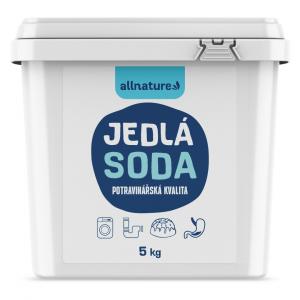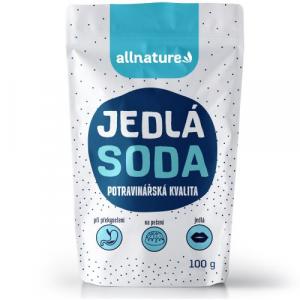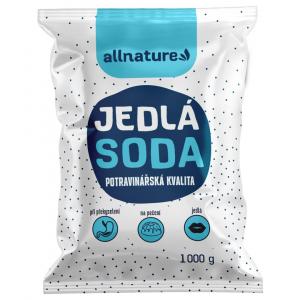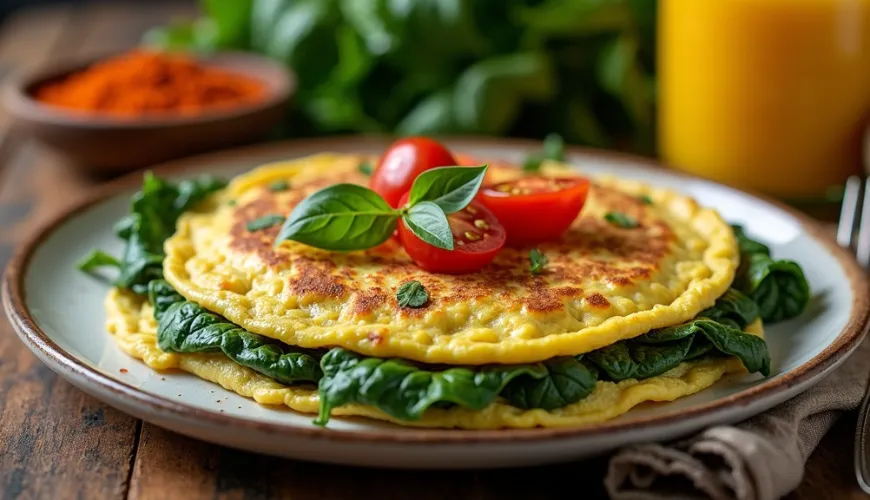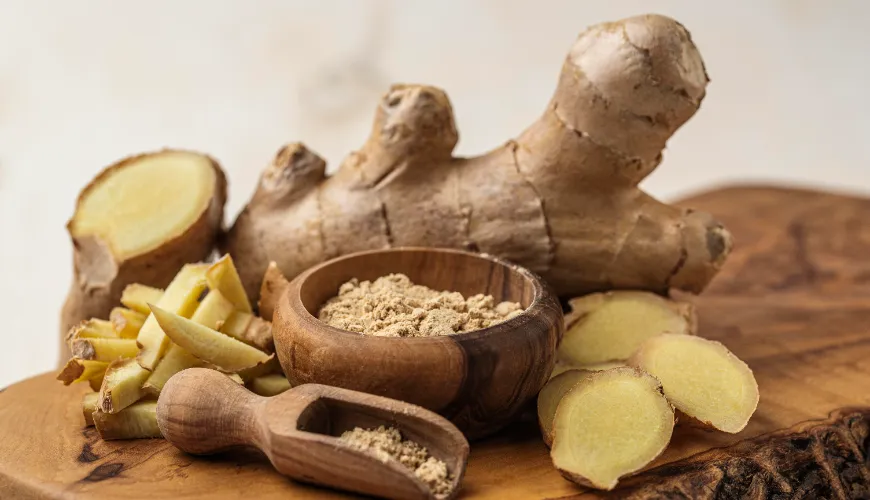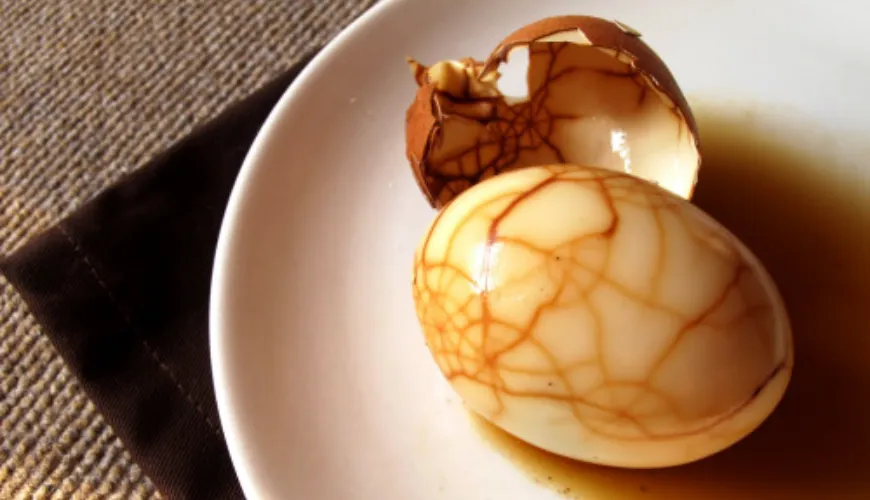
Healthy and Delicious Alternatives to Sour Cream

In Czech cuisine, sour cream holds a firm place. Its mildly tangy taste and creamy consistency are used in a variety of recipes—from sauces and salads to leavened or beaten doughs. But what should we do if we don't have sour cream at home, or if we want to deliberately omit it due to diet, intolerance, or lifestyle? The question "what can replace sour cream" is certainly not as simple as it might seem—it depends on what we need to use it for.
When to Replace Sour Cream?
Sometimes it's just improvisation—we have the recipe open, but there's no cream in the fridge, yet the craving for homemade cake compels us to act. Other times, the motivation is deeper. Often, it involves health reasons, such as milk protein allergy, lactose intolerance, or a preference for a plant-based diet. In these cases, it's not enough to just reach for another cream—we need to look for alternatives that are not only taste-wise similar but also nutritionally and functionally suitable.
In recent years, plant-based alternatives to cream or yogurt have been appearing more frequently in recipes. However, it's worth knowing that not every substitute is universal and not every one is suitable for all types of dishes.
What to Use Instead of Sour Cream in Hot Dishes?
When talking about replacing sour cream, it usually involves preparing sauces, soups, or baked dishes. In these cases, it's important that the chosen substitute withstands heat and does not curdle.
One of the most common replacements is plain yogurt, ideally Greek-style. It has a higher fat content and thicker consistency, making it suitable, for example, for chicken stroganoff or creamy sauces. For a version without animal products, soy, coconut, or almond yogurt can be used—it's important that it is unsweetened and has a neutral taste.
Another option is plant-based cream—today, it's available from oats, soy, rice, and coconut. For instance, oat cream behaves excellently in cooking and baking, has a mild taste, and a creamy consistency similar to classic cream. Coconut cream has a more pronounced taste, but if used in Indian recipes or creamy soups, it beautifully enhances the exotic character of the dish.
An interesting plant-based variant is also cashew cream—blended cashews with water can be flavored with lemon juice and salt, creating a dense and creamy mix that is perfect for baked dishes or as a base for sauces.
What to Use Instead of Sour Cream in Dough?
Baking is a separate chapter—not only because of the flavor profile but also due to the chemical processes that occur during baking. Sour cream in dough fulfills several roles: it adds moisture, contributes to a delicate taste, and its acidity activates baking soda, which helps the dough rise.
Try our natural products
If we are looking for an answer to "what to replace sour cream with in dough," we must ensure that the substitute has similar acidity and structure. One of the simplest options is kefir or buttermilk—both have similar properties and are suitable for muffins, bundt cakes, or pourable cakes.
Alternatively, you can mix milk with lemon juice or vinegar—approximately 1 teaspoon of acid per 100 ml of milk. Let the mixture sit for a few minutes to curdle, and you will get a whey-like, slightly tangy liquid that beautifully aerates the dough.
From plant-based options, soy or almond yogurts have proven effective, where you can add a bit of lemon juice to achieve the desired acidity. In some recipes, you can even use gently blended tofu with lemon and a pinch of salt—creating a thick mass that behaves similarly to cream.
How to Handle Cold Dishes and Spreads?
In salads, spreads, or desserts, it's necessary to find a substitute that not only tastes pleasantly tangy but also has enough density to mix well and not fall apart. In these cases, cottage cheese or lučina have proven effective—even though they are not as sour as cream, they can be easily flavored with lemon juice and fresh herbs.
Among plant-based alternatives, the plant-based cream from cashews or sunflower seeds is popular, often forming the base of vegan spreads. It can be flavored with vinegar, lemon, or umeboshi vinegar to mimic the taste of a sour component.
In some recipes, sour cream can be replaced with avocado—for example, in combination with lime juice and salt, it excels in creamy dip sauces or as a base for wraps.
Practical Example from the Kitchen
Imagine a Sunday morning when the kitchen is filled with the aroma of freshly prepared dough for a bundt cake. The original recipe calls for sour cream, but there's not a teaspoon of it in the fridge. In such a situation, a simple rescue presents itself: a cup of plain yogurt with a few drops of lemon juice. If only soy yogurt is on hand, that too—unsweetened—can serve just as well. The result? A fluffy and moist bundt cake that rivals the original.
And what about the beloved potato salad? The classic version contains not just mayonnaise but often sour cream for smoothness. If we want a lighter or plant-based version, we can use plant-based yogurt with a bit of mustard and lemon juice. The taste is nearly indistinguishable—and the stomach might find relief.
Not All Substitutes Are the Same
It's always good to remember that not all dishes require an exact copy of the original ingredient. A substitute doesn't have to be identical—it just needs to fulfill its function and harmonize taste-wise with the other ingredients. Often, this leads us to new combinations that we wouldn't have discovered otherwise.
At the same time, the best substitute is the one that matches our lifestyle—some prefer the most natural ingredients, others focus on plant-based compositions, while others simply look for what's at hand.
As the well-known nutritionist Margit Slimáková says: "It's not about blindly replacing one food with another, but about understanding why we use it in the recipe and what function it serves. Then playing with substitutes is actually fun."
Whether you decide on yogurt, cashew cream, avocado, or a homemade mix of milk with lemon, one thing is certain—there are more options today than ever before. And each can enrich your kitchen with a new dimension.
